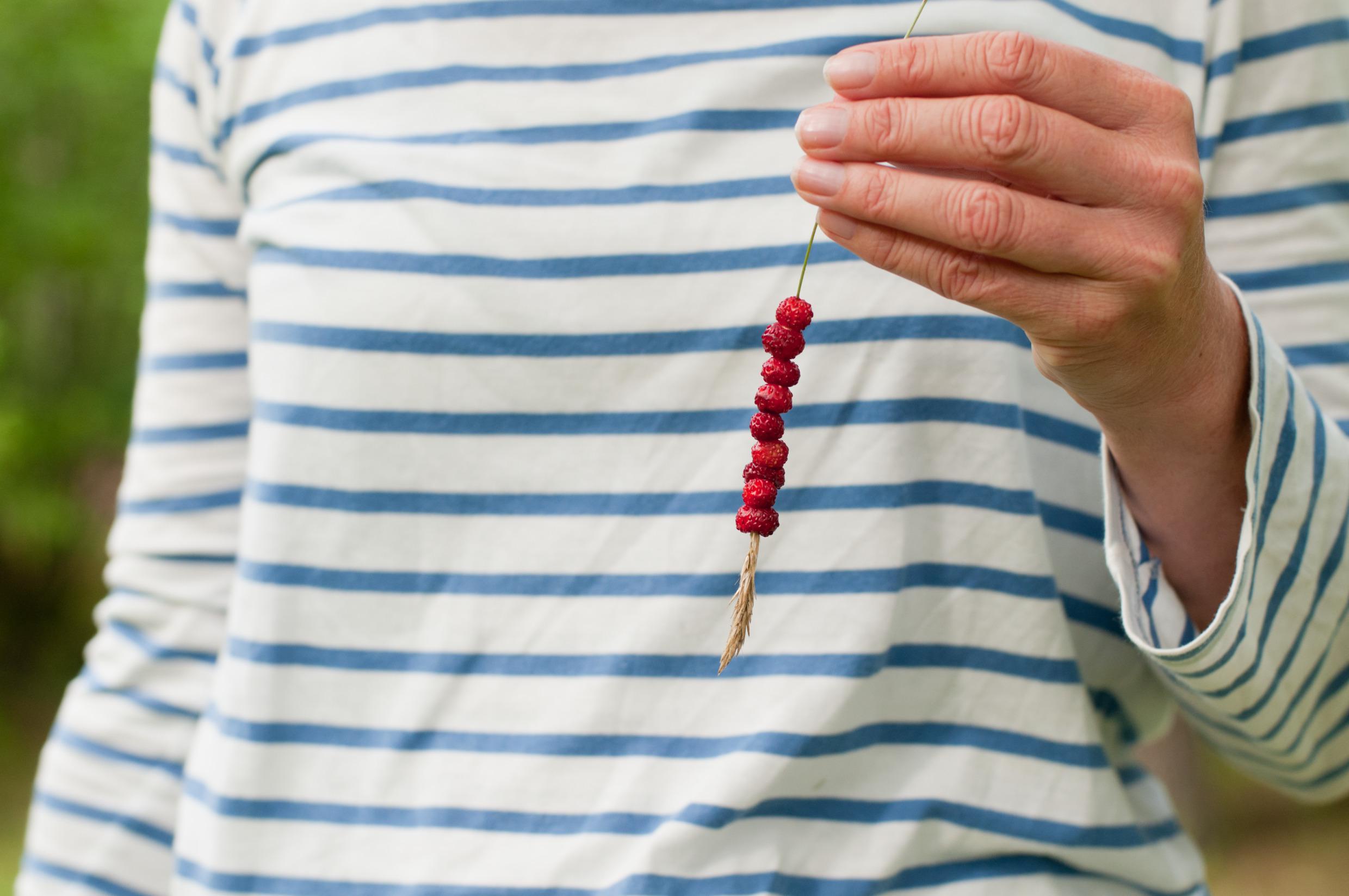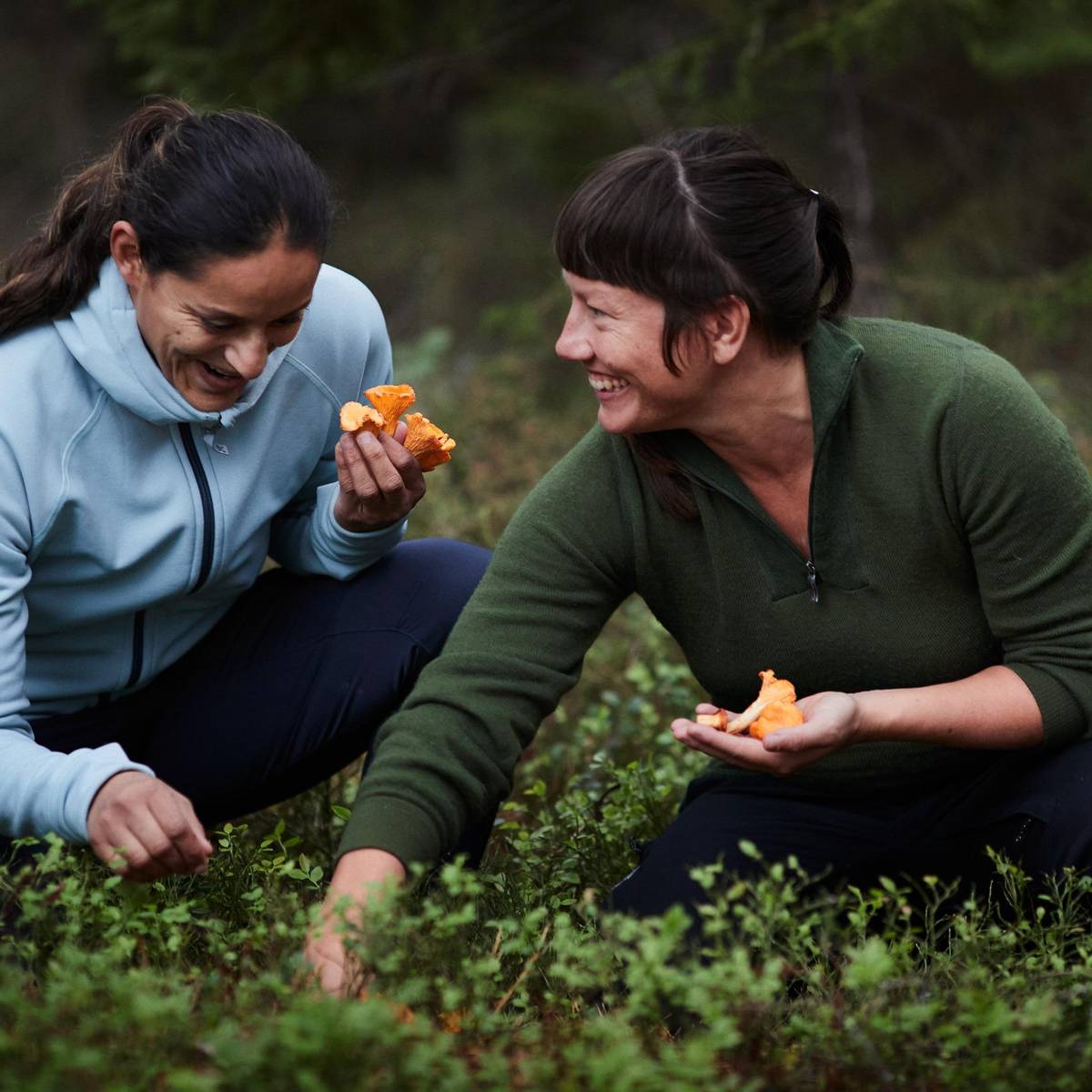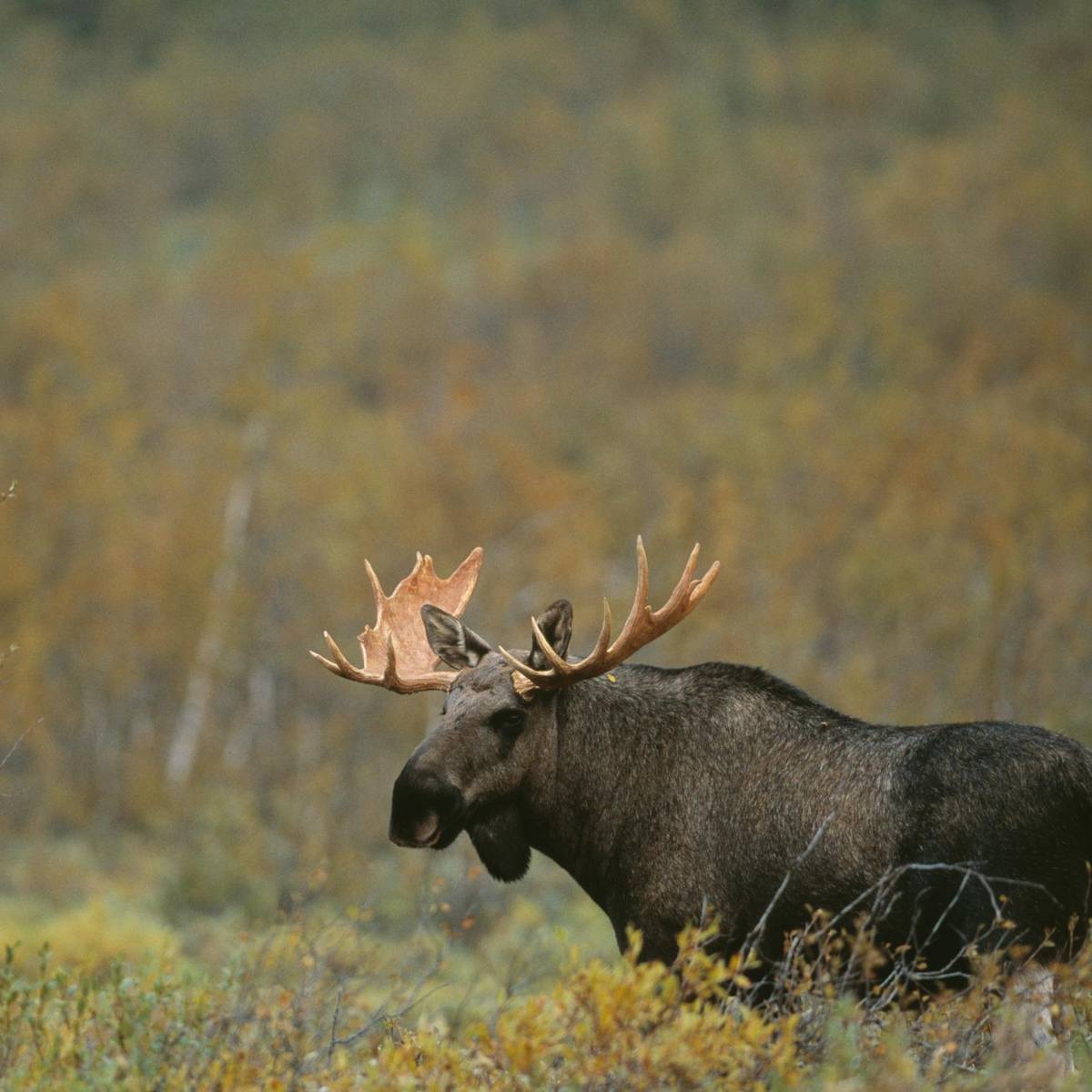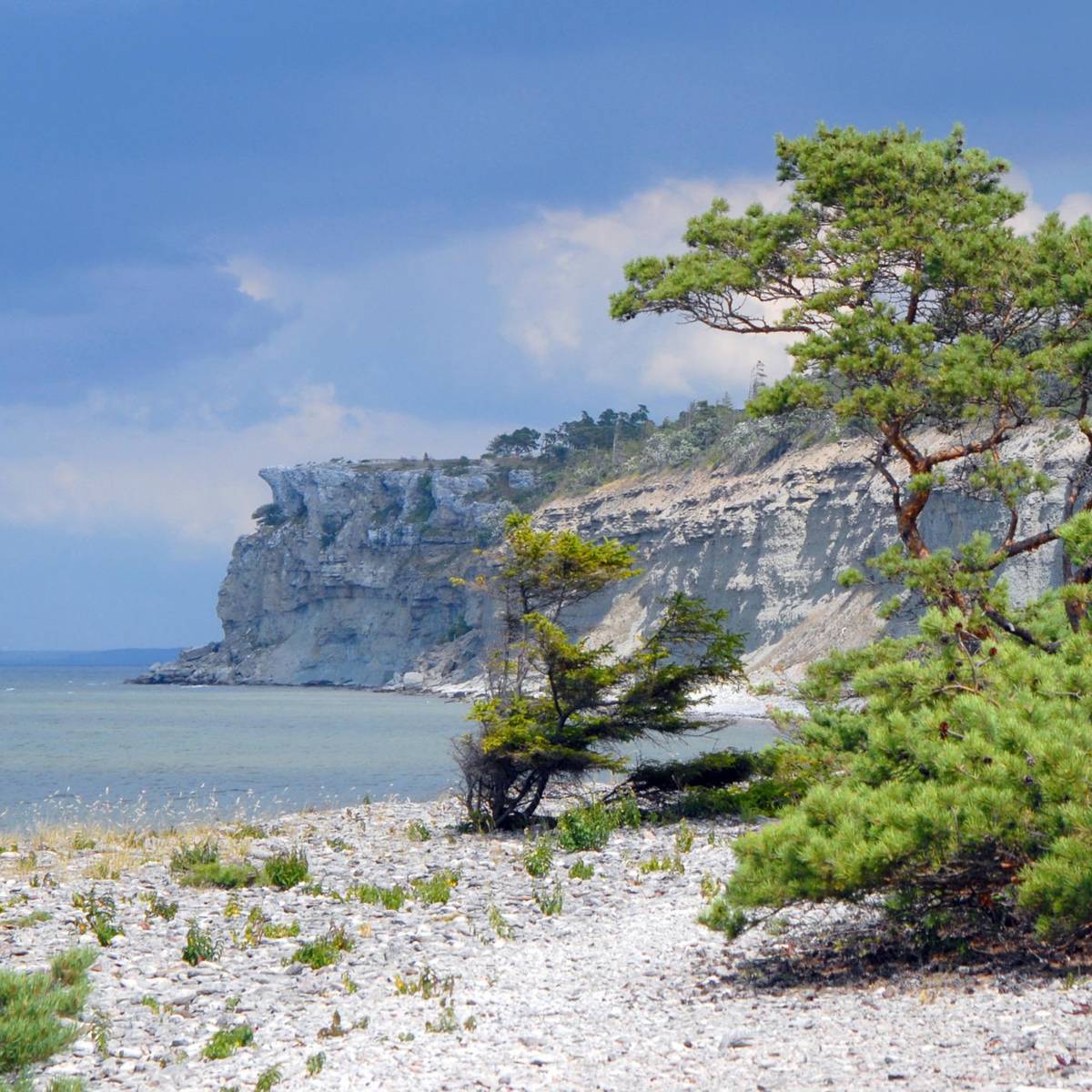The forests of Sweden are berry heaven
So, where do you go if you fancy a spot of berry or mushroom picking – or indeed a handful of wood sorrel (also known as sour grass)? Simply head for the trees, and since 70 per cent of Sweden is covered in woods, you’ll never have to venture too far before stumbling into a sizable chunk of forest, even if you’re based in a city.
Hit the right spot in the forest and you’ll be surrounded by a sea of blue or red – and sometimes a mix of the two, since blueberries and lingonberries thrive in the same environment. You’ll even come across them in marshier terrain further north. In these arctic climes, you’ll also find the “gold of the marshland” – the cloudberry. These beautifully amber, raspberry-shaped delights are vitamin-packed and delicious served – northern Swedish style – with waffles and whipped cream.
Raspberries, meanwhile, grow wild in most of the country, as do rosehips and nettles (best picked in spring). Wild strawberries are a joy to find in little decorative clusters soaking up the sun in forest clearings, along country lanes or on the edges of flower meadows. Swedes even have an expression for a favourite, treasured place or hidden gem: ‘smultronställe’, which translates to “wild strawberry place”. Having experienced the joy of stumbling upon a spot of intensely sweet wild strawberries, it’s easy to see why it has become a symbol of magic delight.














